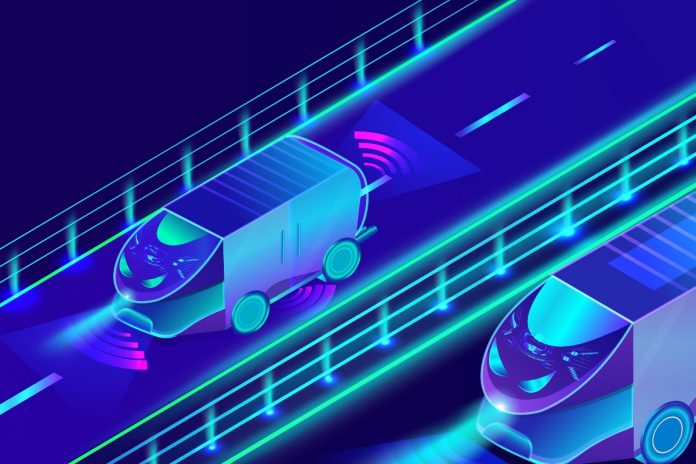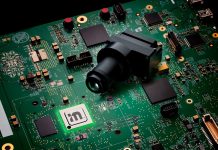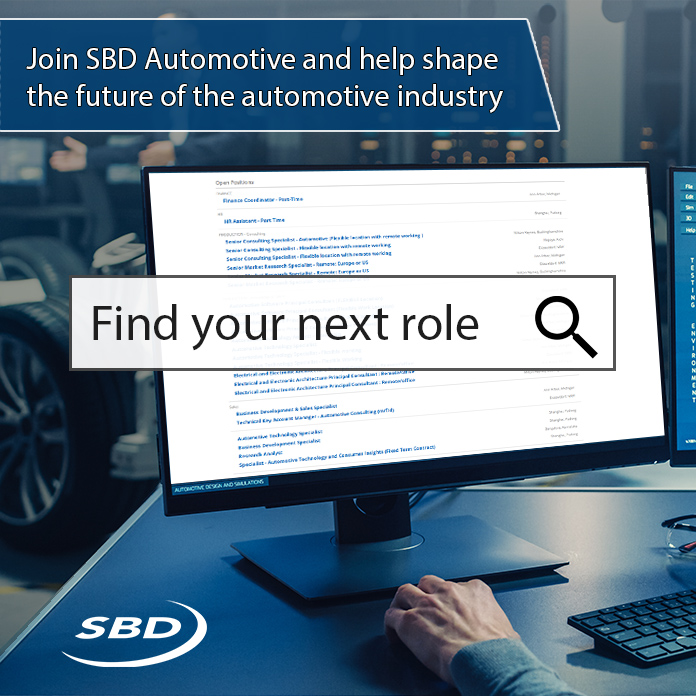Plus has revealed its Open Platform for Autonomy (OPA), an open, modular, software platform powered by the latest AI models that supports all levels of autonomy, adapts to specific customer needs and is optimized for cost-to-performance ratio.
Through OPA, Plus is aiming to provide a unique approach to the autonomous vehicle industry for enabling autonomous driving capabilities on customizable configurations across different sensors, processors, vehicle platforms and powertrains. The autonomous driving software provider has packaged the platform into a suite of solutions that span driver-in next generation safety systems to highly automated PlusDrive and driver-out Level 4 SuperDrive.
The OPA itself consists of off-board modules, autonomous vehicle functional modules, and vehicle integration modules. The platform acts as a ‘brain’ that connects the systems needed to enable autonomous driving capabilities – from the vehicle’s sensor suite, to the computing platform that processes data, and the actuation systems that control the vehicle. OPA enables customers to quickly integrate automated driving capabilities into their vehicles, while retaining control over their own autonomy solutions.
The platform will support use cases across all levels of autonomy by using the foundational Level 4 autonomous driving software as its common base. Plus highlighted that next generation safety systems will particularly benefit from the perception technology offered in the OPA. The L2++ PlusDrive solution is already being used to support freight deliveries across the U.S. and is currently being tested on public roads in Europe. Plus’s L4 SuperDrive solution is also being deployed to help bring autonomous trucks to Australia.
Over-the-air software updates enable the platform’s features to be continuously improved and expanded over time, supporting customer OEMs’ SDV strategies. Customers expanding their vehicle range to include higher levels of automation in the future can also leverage OPA to facilitate a faster and more seamless transition, both from a technology and end user standpoint.














